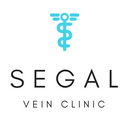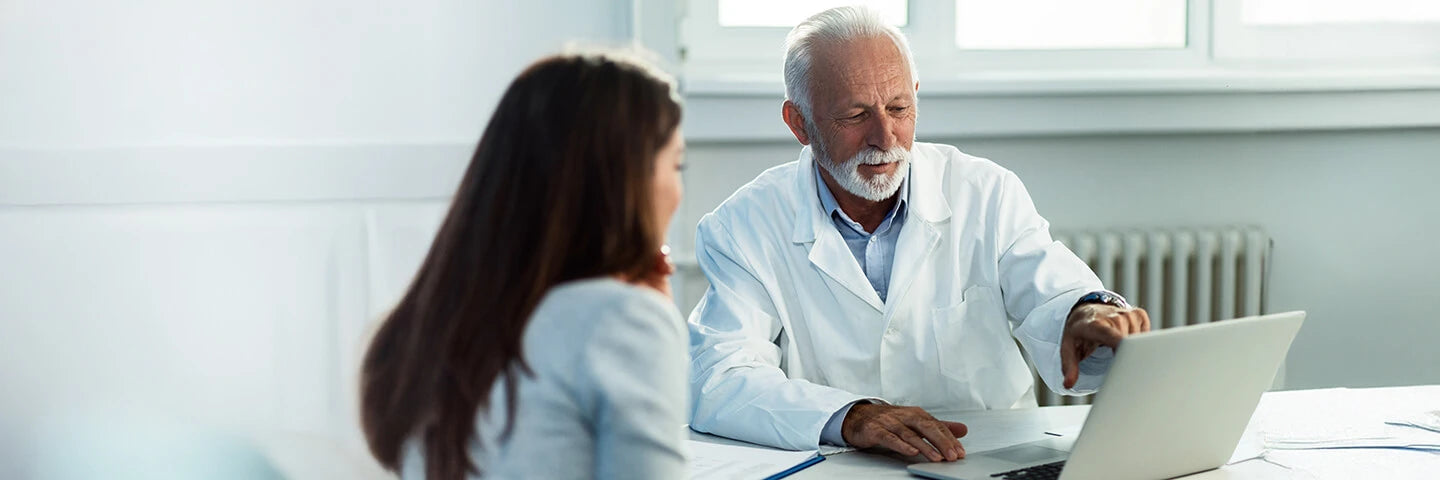Common Conditions
What Are Varicose Veins?
Varicose veins are swollen, twisted veins that appear just below the surface of the skin, most commonly in the legs. They occur when damaged vein valves cause blood to pool instead of flowing properly to the heart. This can lead to pain, swelling, heaviness, and discomfort.
Symptoms of Varicose Veins
✔ Bulging, twisted veins visible under the skin
✔ Aching or throbbing pain
✔ Leg heaviness and fatigue
✔ Swelling in the lower legs and ankles
✔ Skin discoloration or ulcers (in severe cases)
Treatment Options
Sclerotherapy: A safe injection-based treatment that collapses unwanted veins.
Radiofrequency Ablation (RFA): A minimally invasive procedure that uses heat to close the affected vein.
Compression Therapy: Medical-grade compression socks to improve circulation and reduce symptoms.


What Are Spider Veins?
Spider veins are small, web-like clusters of veins that appear red, purple, or blue on the surface of the skin. While usually cosmetic, they can sometimes indicate deeper vein issues.
Symptoms of Spider Veins
✔ Visible red, blue, or purple veins
✔ Mild itching or burning sensation
✔ Located on the legs, face, or other areas
Treatment Options
Visual Sclerotherapy: The gold standard treatment that safely collapses varicose and spider veins.
Foam Sclerotherapy: A stronger version of sclerotherapy for larger varicose veins.


What Is Chronic Venous Insufficiency?
Chronic Venous Insufficiency (CVI) occurs when the veins have trouble returning blood to the heart, leading to swelling, skin changes, and even painful skin ulcers.
Symptoms of CVI
✔ Leg swelling and tightness
✔ Skin discoloration or hardening
✔ Open sores (venous ulcers) in severe cases
Treatment Options
✔
Compression Therapy
to reduce swelling and improve circulation
✔
Radiofrequency Ablation (RFA)
for underlying vein issues
✔
Surgery

